Mouthpieces 101 for Band Directors
Date Posted: December 02, 2023
Every performer experiences a time when they need to upgrade their equipment. For students, this time may come sooner than you think. Mouthpieces are an affordable and effective equipment upgrade. They have a huge influence on the quality of sound and are a great way to provide your students with a mature sound without the need to purchase a new horn. Knowing when is the right time to upgrade equipment and what to upgrade to can play a very important role in keeping students both interested and excited about music.
The facing and tip opening of a stock mouthpiece (the mouthpiece that comes with the instrument) doesn’t allow much room for student improvement and development. Most students will grow out of their stock mouthpieces within the first six months. Because of this, it is a good idea to get them into a better mouthpiece as soon as possible.
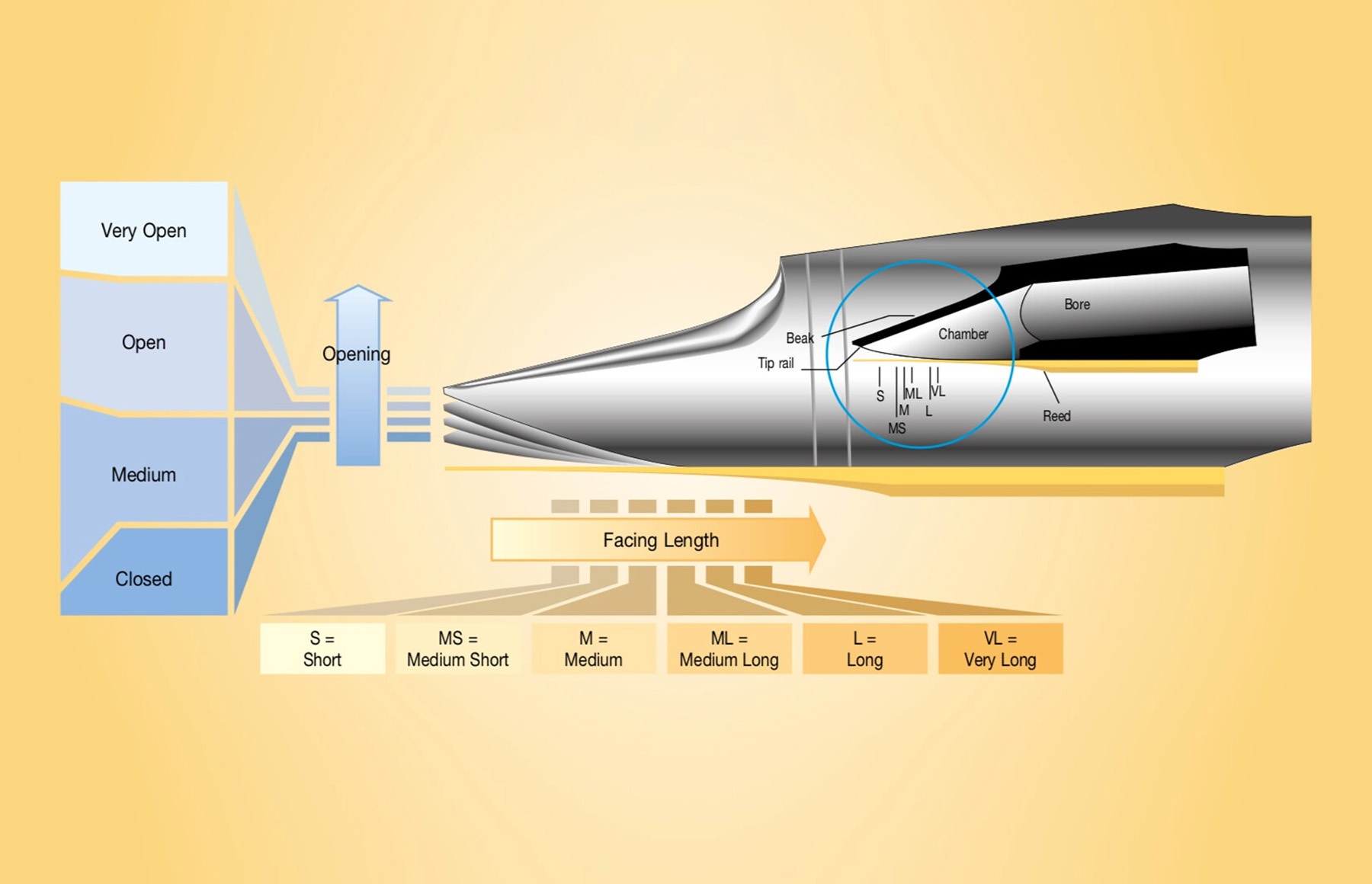
The tip opening and facing length play a huge role in the sound and comfort of a mouthpiece. The relationship between the tip opening and facing length have a huge impact on your student's tone and response:
- Tip opening: this is the distance between the reed and the tip of the mouthpiece, as seen in Diagram 1.
- Facing length: this refers to the portion of the reed that can vibrate. More specifically, it is the distance between the tip of the mouthpiece and where the reed comes in contact with the mouthpiece table or rails as seen in Diagram 1. In Diagram 2, the term “facing curve” is used to refer to the facing length (below).
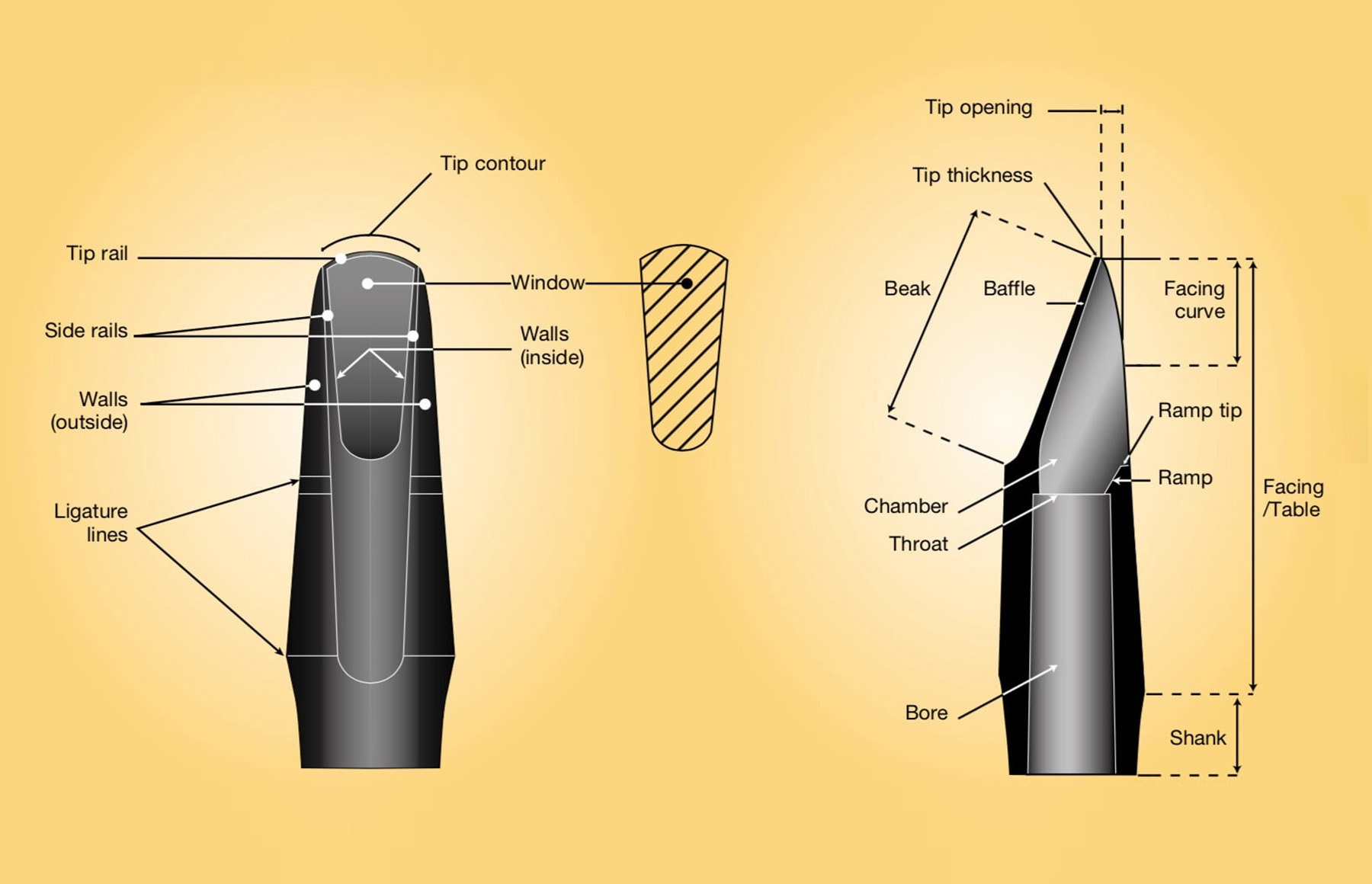
So What Do We Suggest?
For Clarinet: Concert Band
5RV Lyre: This mouthpiece has a medium closed tip opening and medium facing length. It allows for a focused sound that is very easy to control using reeds in a wide range of strengths (2 ½ to 4). Our top choice for beginners.
M13 Lyre: This mouthpiece has a medium-long facing, which gives it a warm, rich sound. It has a tip opening that is more closed which allows the use of harder reeds. As a 13 series mouthpiece, the M13 Lyre is tuned to A440 (American pitch) as opposed to A442 (European pitch).
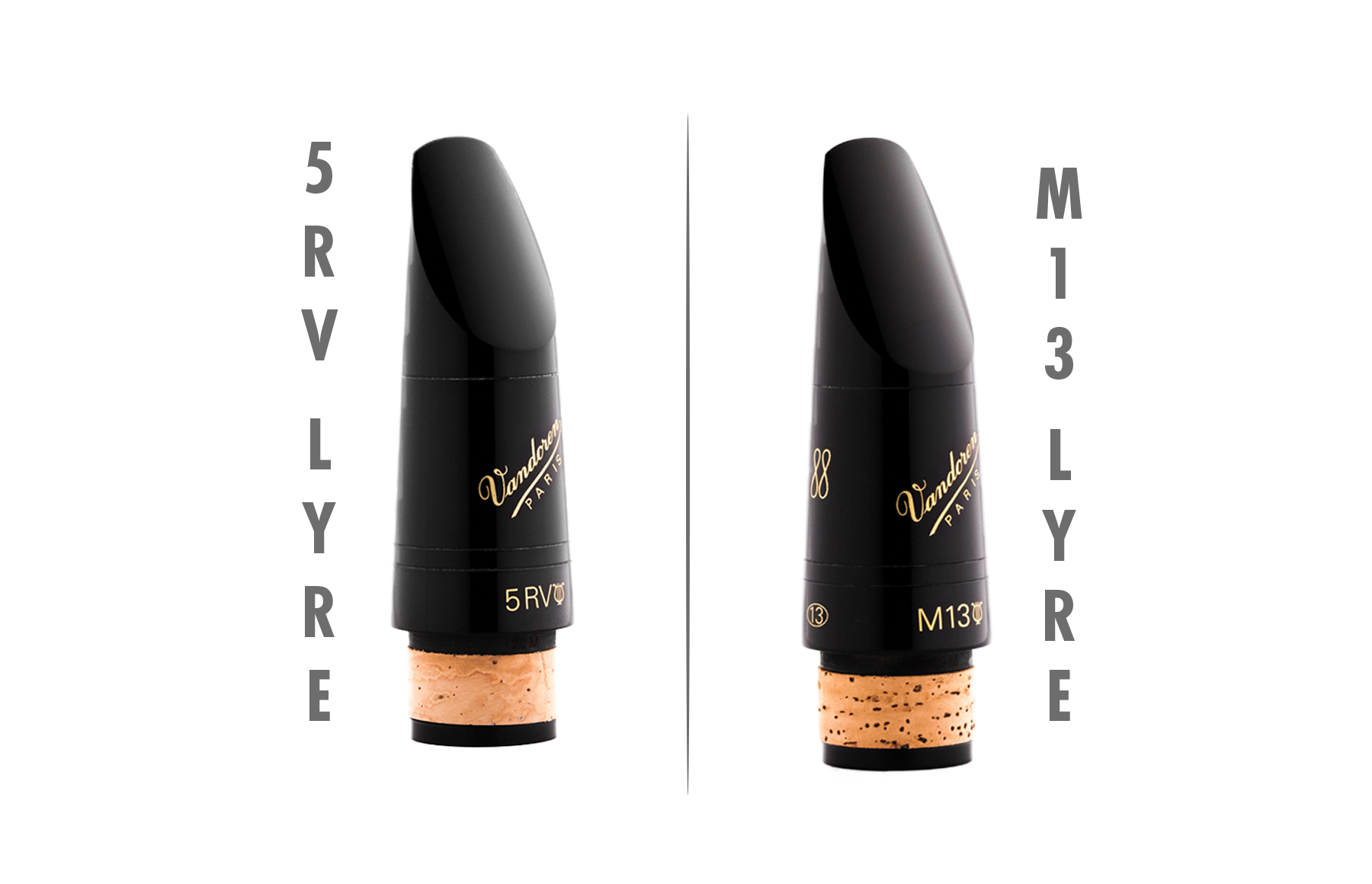
M30: This versatile mouthpiece has a facing length and tip opening that gives it great flexibility and a good balance between timbre and roundness. Available in Traditional Beak, Profile 88, or 13 Series. Works well for all genres of music.
BD5 Bb Clarinet: The BD5 mouthpiece provides the clarinetist with a dark, yet colorful sound and offers custom quality at an affordable price. The BD5 is available in two different models - standard pitch or 13 Series, which is pitched slightly lower at A=440.
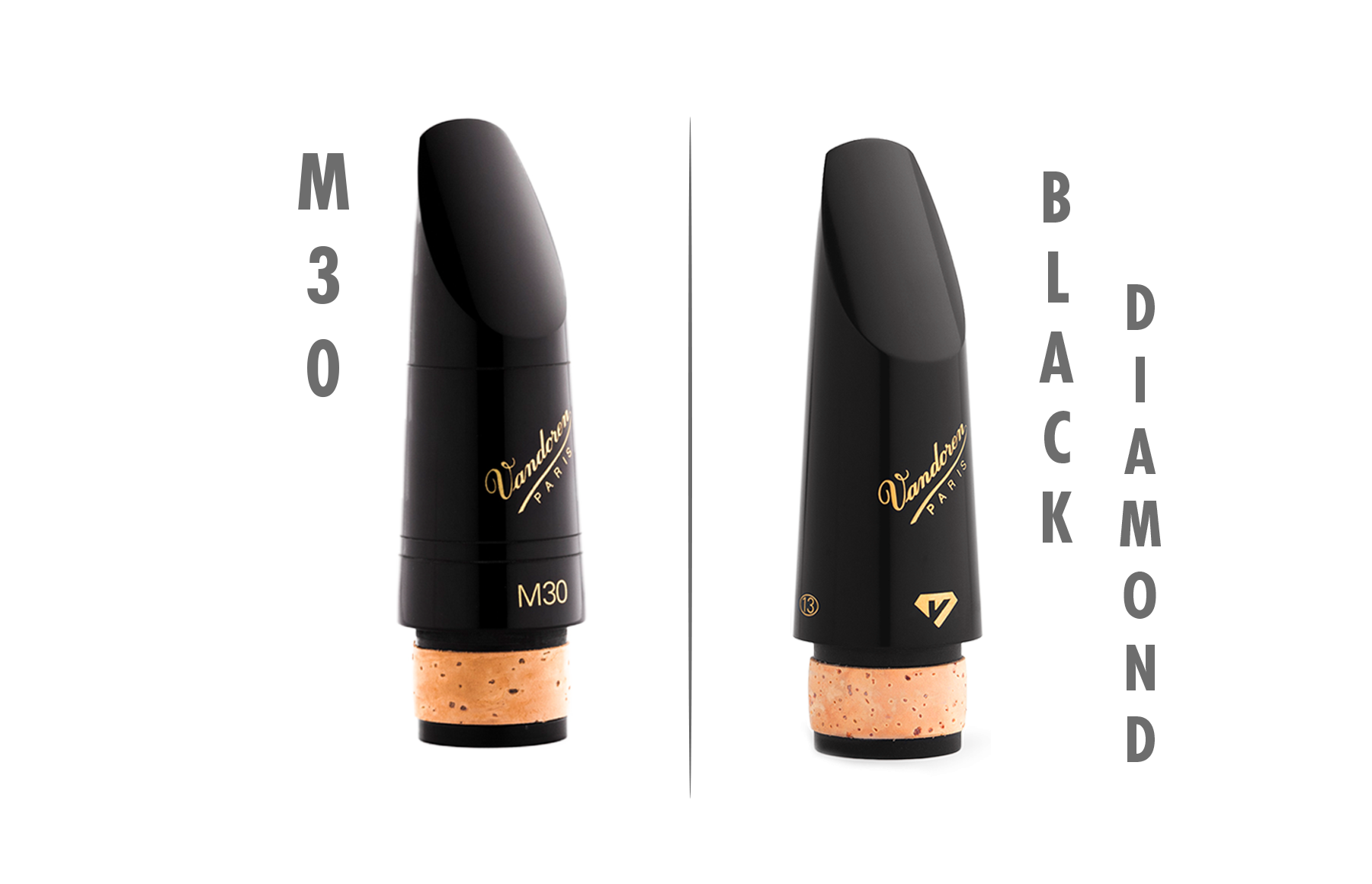
BD5 Bass Clarinet: The BD5 is the first mouthpiece that allows one to play Bass Clarinet with an embouchure similar to that of Bb Clarinet. It is very responsive and provides a very round, warm, and full bodied sound while requiring less air.
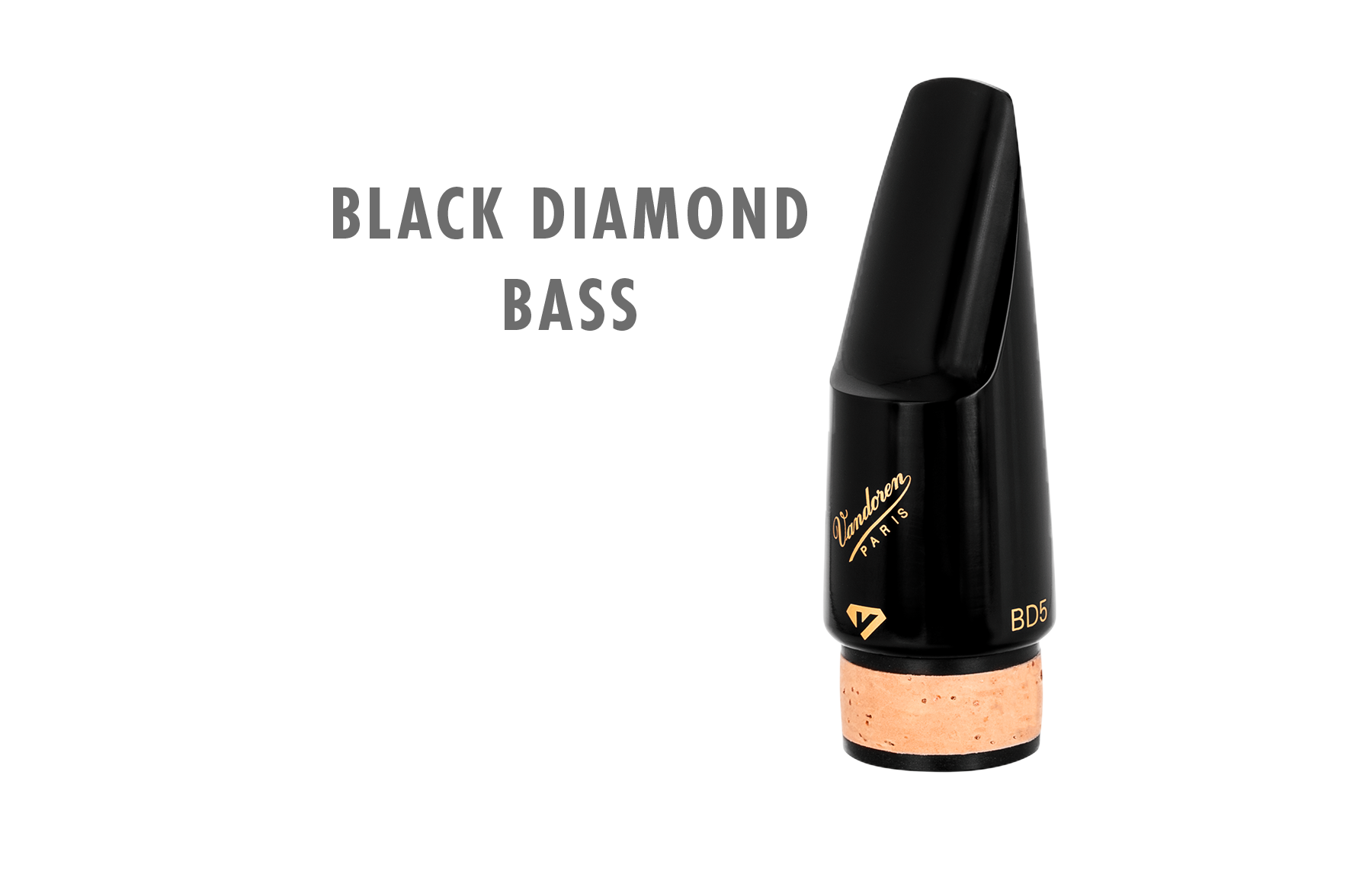
For Saxophone:
Typically, saxophone mouthpieces are created for specific types of music. In general, they are referred to as either jazz or classical. Design aspects such as baffle and chamber can vary widely from model to model, and it is important that students have a mouthpiece that is appropriate for the type of music they are playing. Here are some suggestions we have by ensemble:
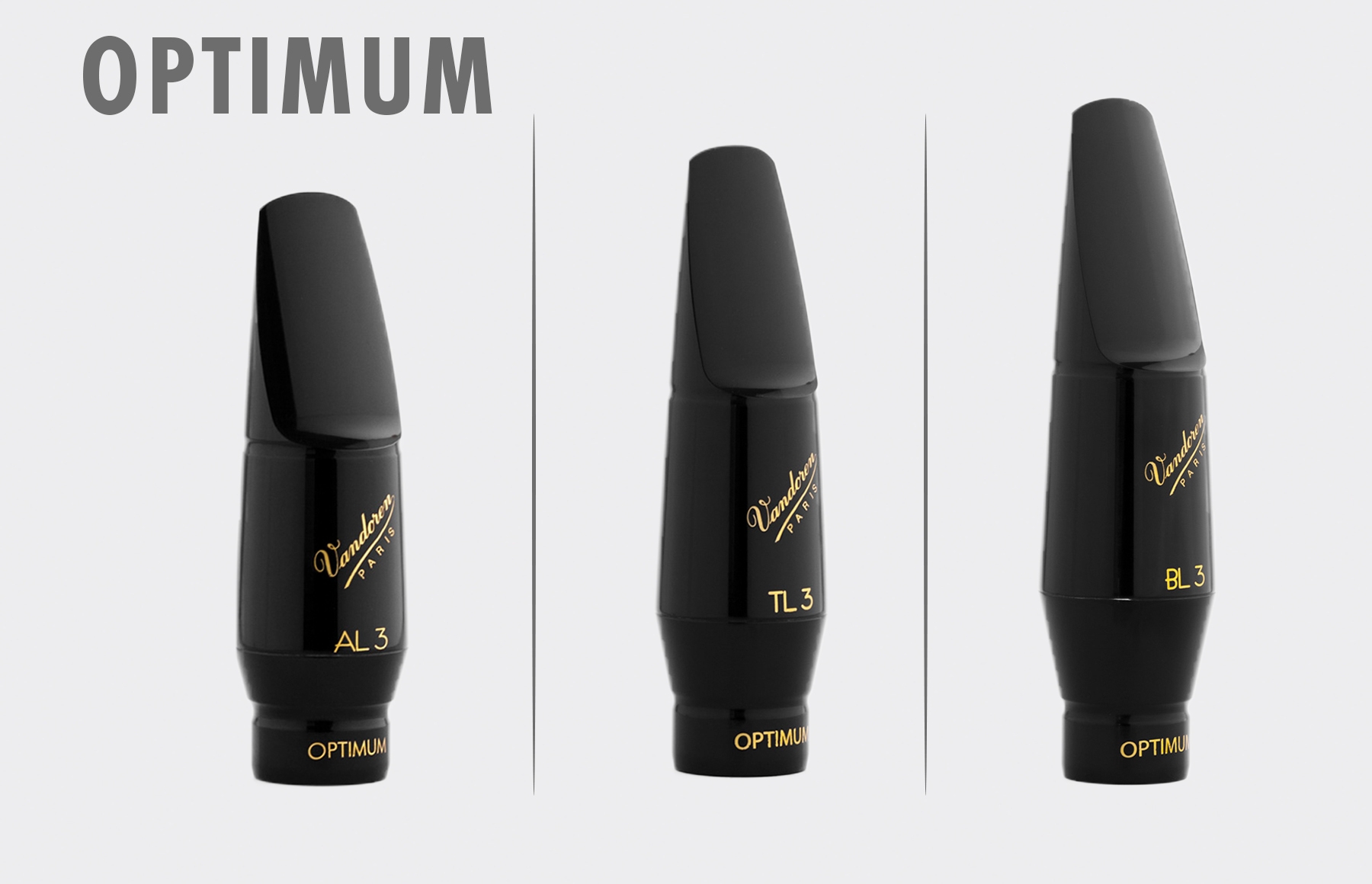
Optimum AL3: This alto mouthpiece has a round chamber and relatively closed tip opening, allowing students to get a warm, round sound with immediate response. A true standard in classical saxophone mouthpieces.
Optimum TL3: This mouthpiece is very comparable to the AL3, but is for tenor saxophone.
Optimum BL3: Similar to alto and tenor but for baritone saxophone.
Jazz Saxophone: (Jazz Band, also excellent for Marching Band)
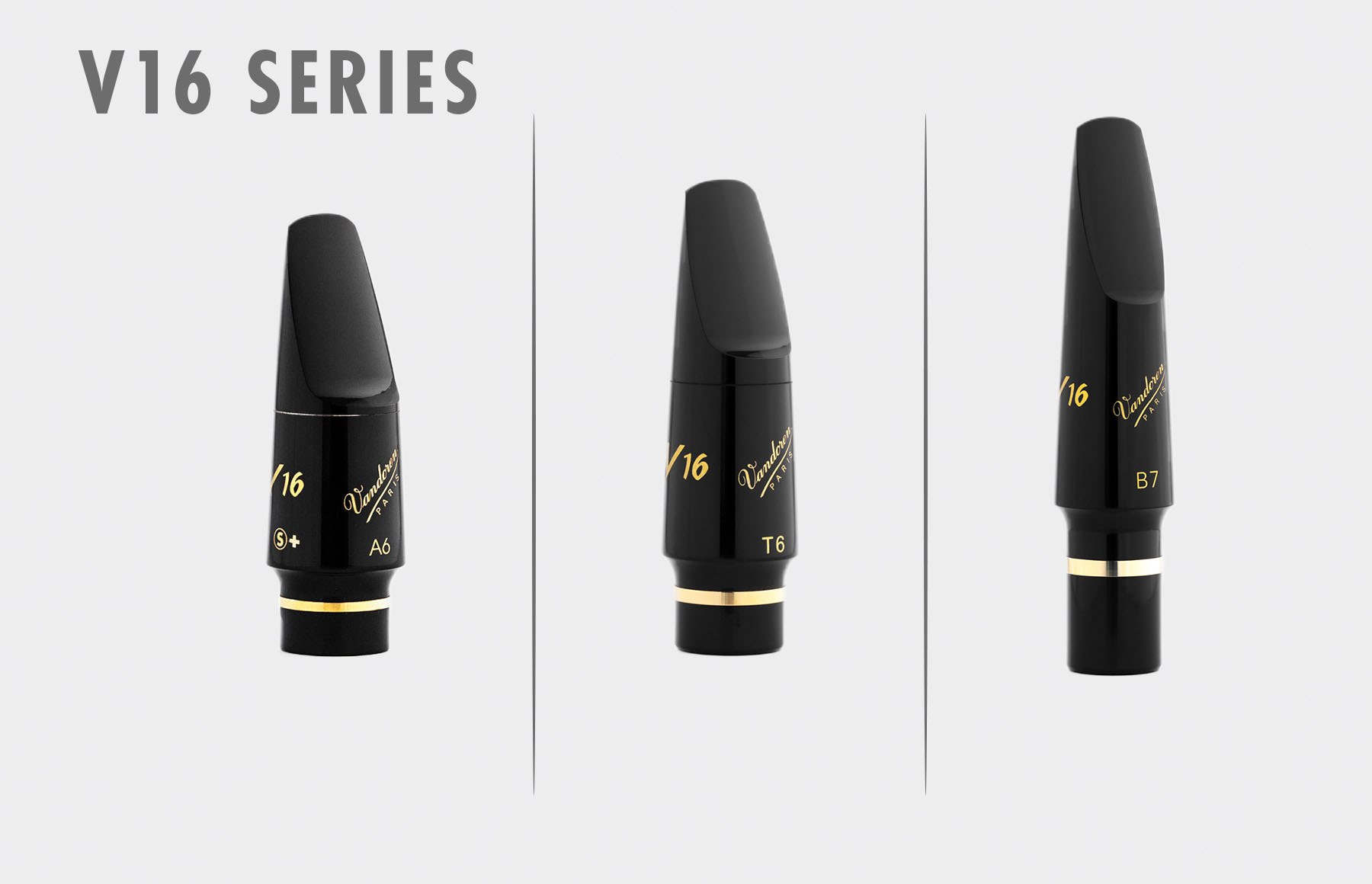
V16 A5/A6 in Medium or S+ Chamber: The Medium chamber allows for a warm and broad sound. The S+ chamber provides your student with a slightly more focused, compact sound with a free-blowing feel and great projection.
V16 T6 or T7: Similar to the alto V16 mouthpieces, Ebonite V16 tenor mouthpieces allow for greater projection and a colorful tone. They are great for section or solo playing.
V16 B7: This baritone saxophone mouthpiece has a great blend of power and warmth. It is great for large ensembles as well as small combo groups.
Some Things to Remember:
1. This isn’t a one size fits all kind of situation. It is important that the students try out the mouthpieces before making a purchase, and it is important for the band director or private teacher to listen to their sound as they try them out. This will ensure both a comfortable fit for the student and a good sound for the ensemble.
2. The mouthpiece the student chooses, in the end, should be a comfortable fit and make playing easier, while still providing a nice sound. During the trial session, be sure to have the student play the same passage of music or scales for each mouthpiece.
3. Mouthpieces wear out over time. Changes in response and intonation issues are some of the tell-tale signs a student may need an upgrade. If you notice a student is having significant reed troubles (few reeds are working per box, it is difficult to articulate, they are struggling to get the instrument to respond), it is likely that their mouthpiece has worn out and it is time to consider finding a new one. In many cases, it is a good idea to replace the mouthpiece every 3-4 years. Remember, everyone is different. There is no substitute for playing a mouthpiece first before you buy it.